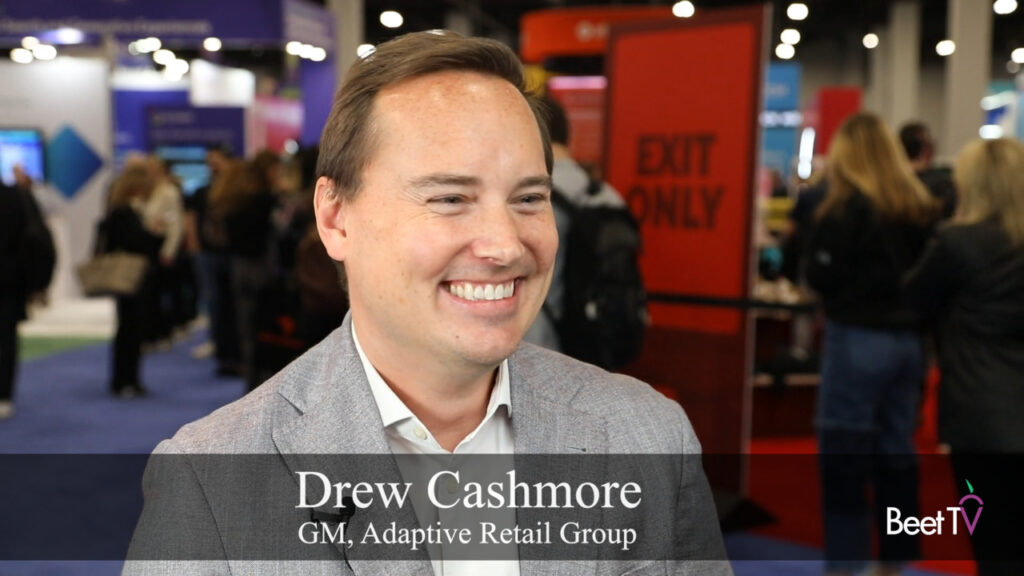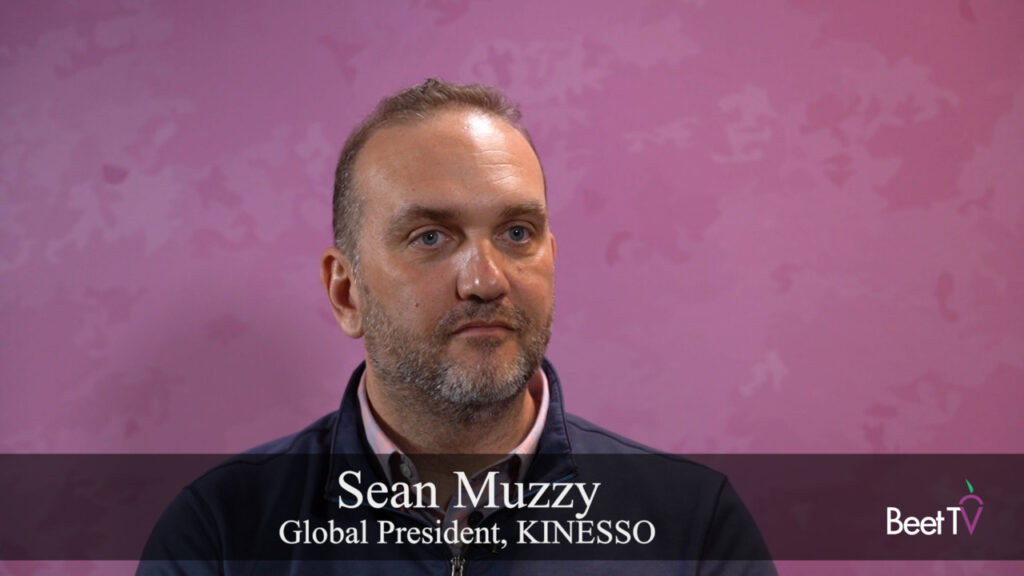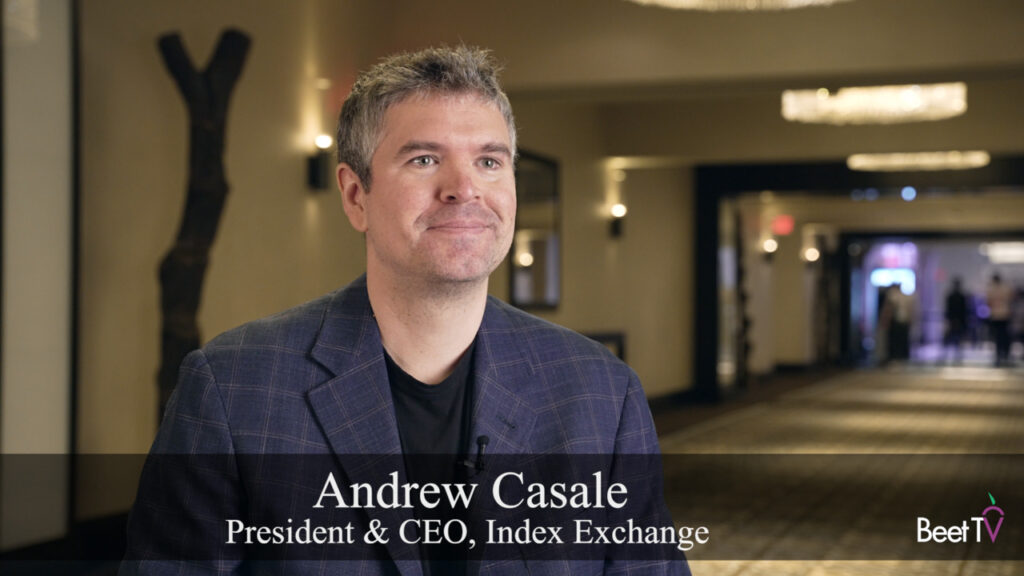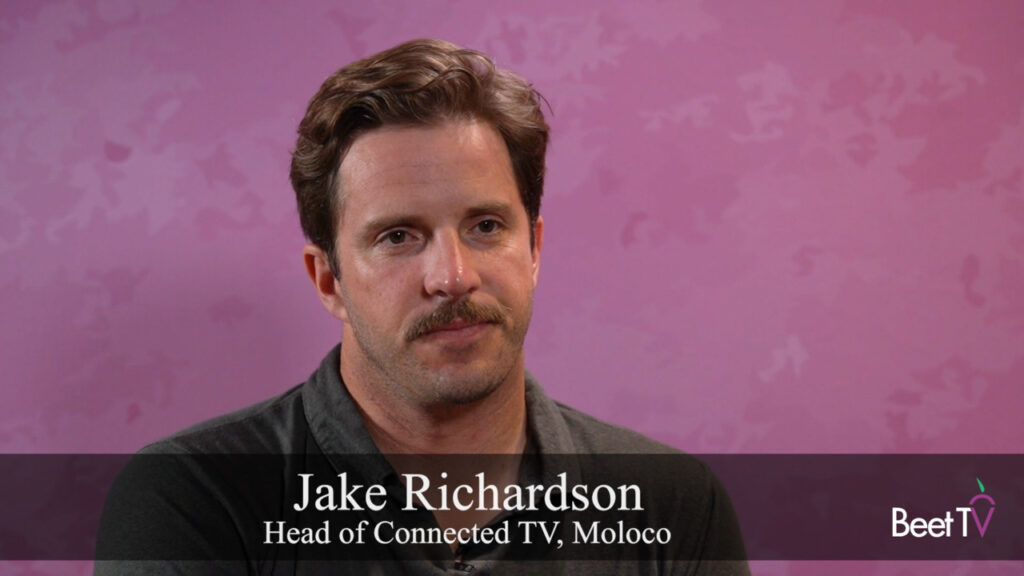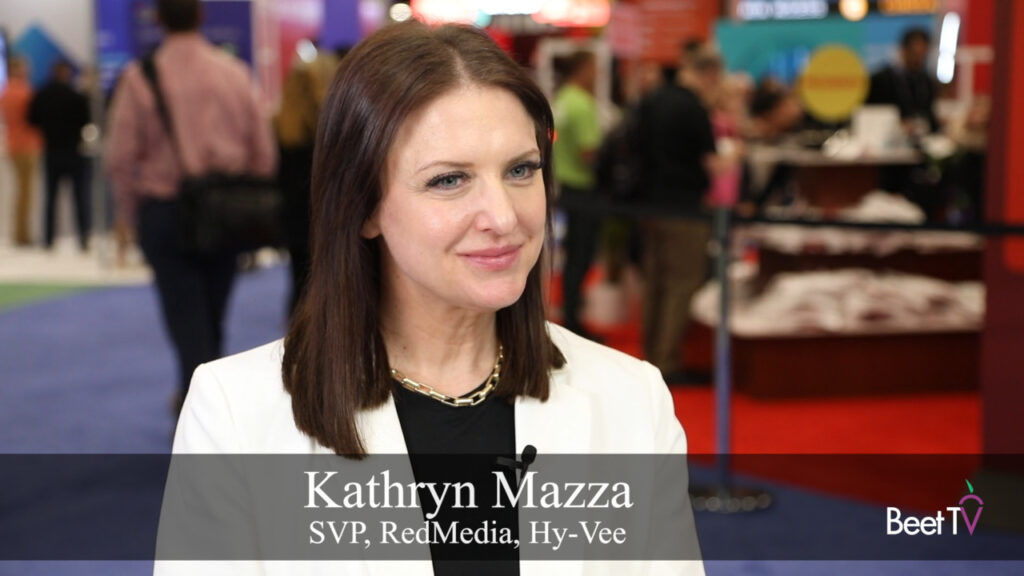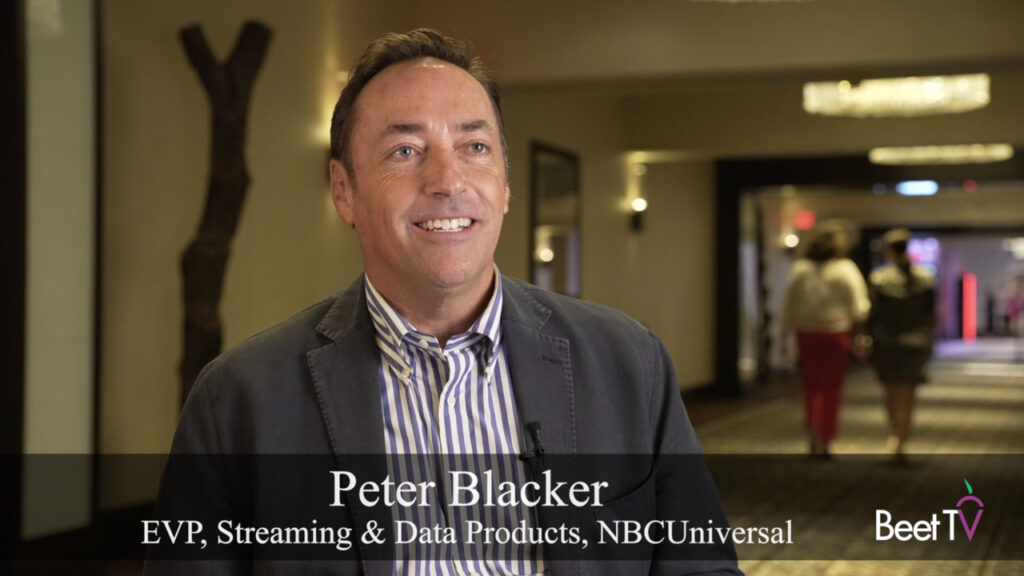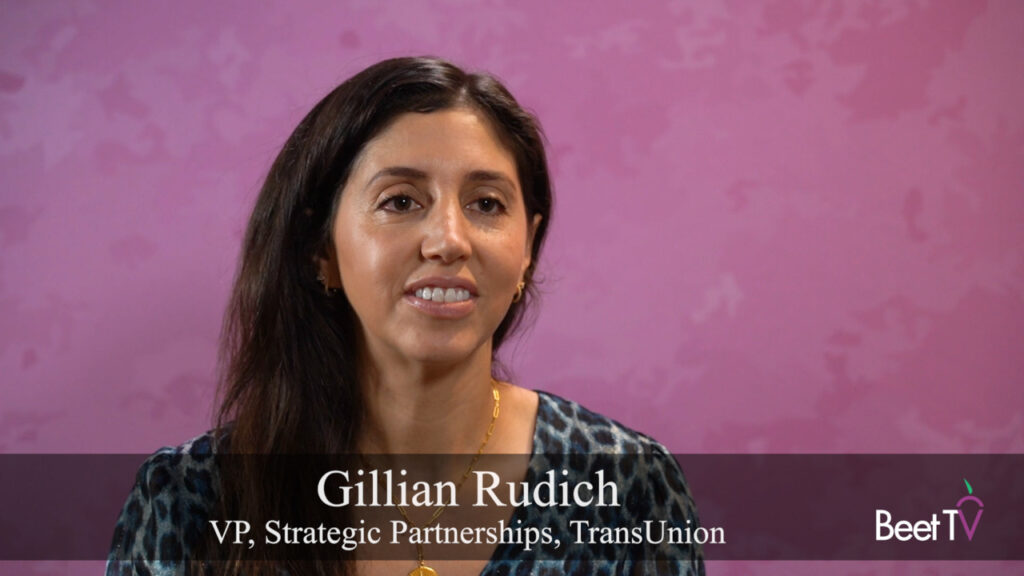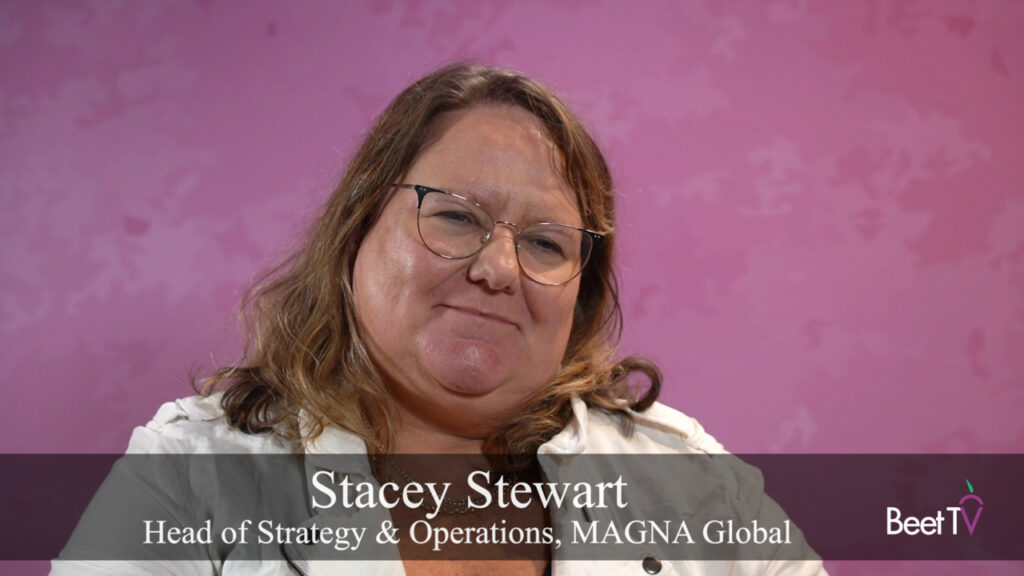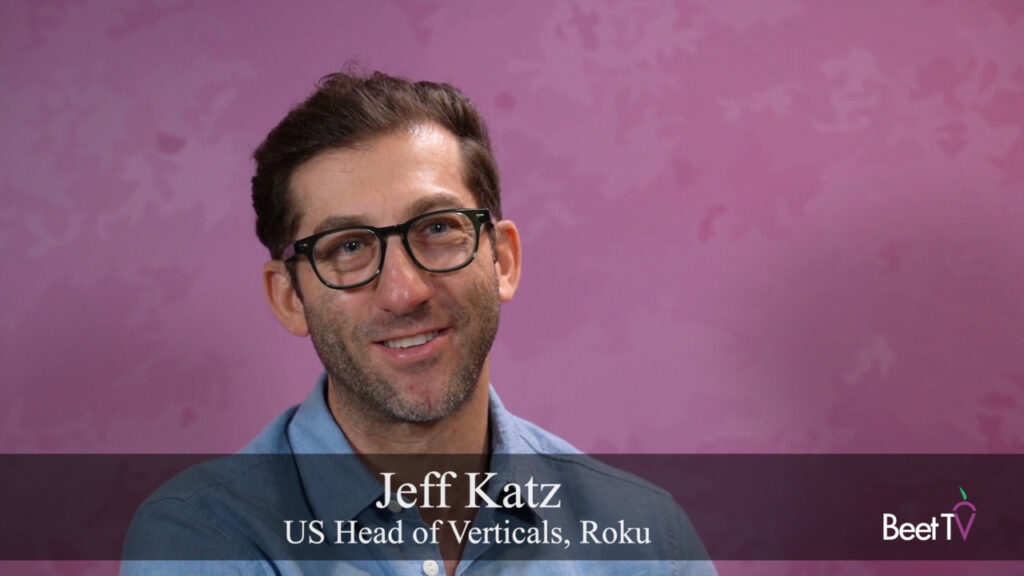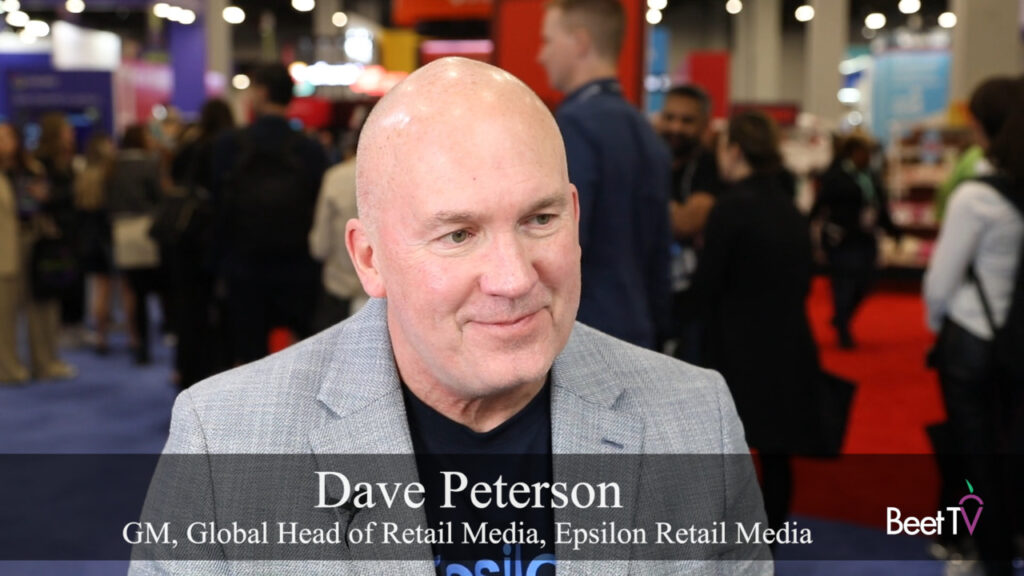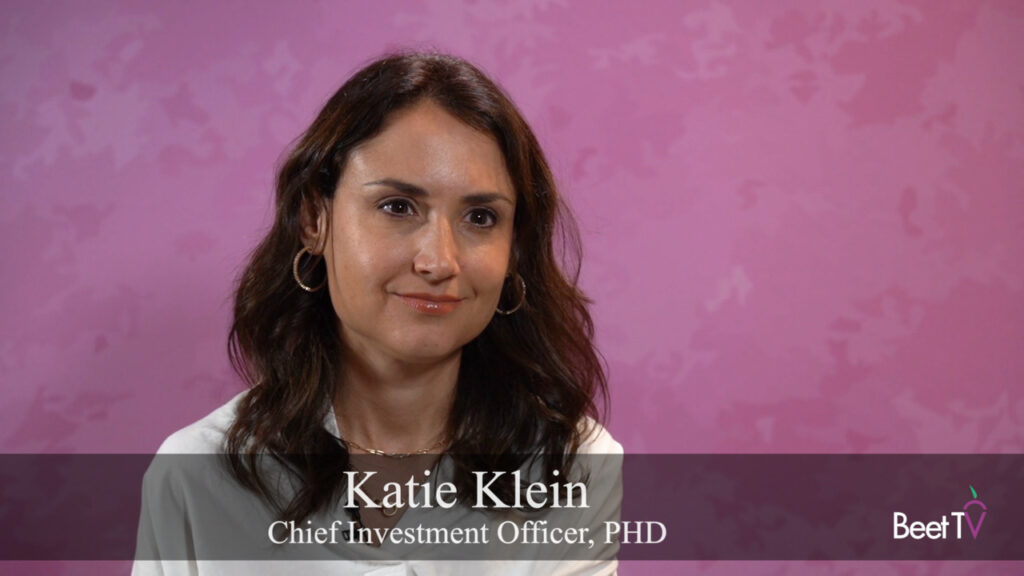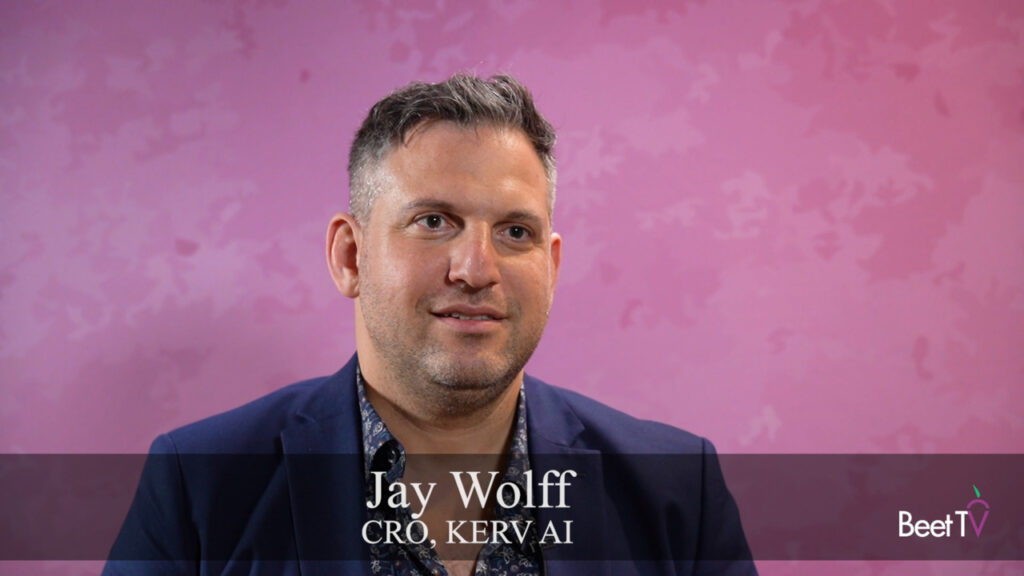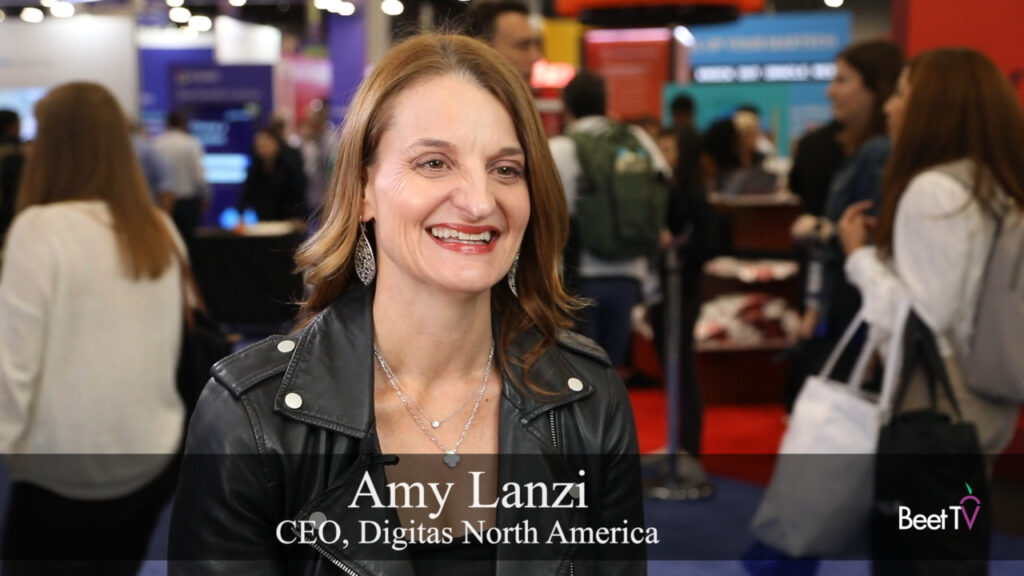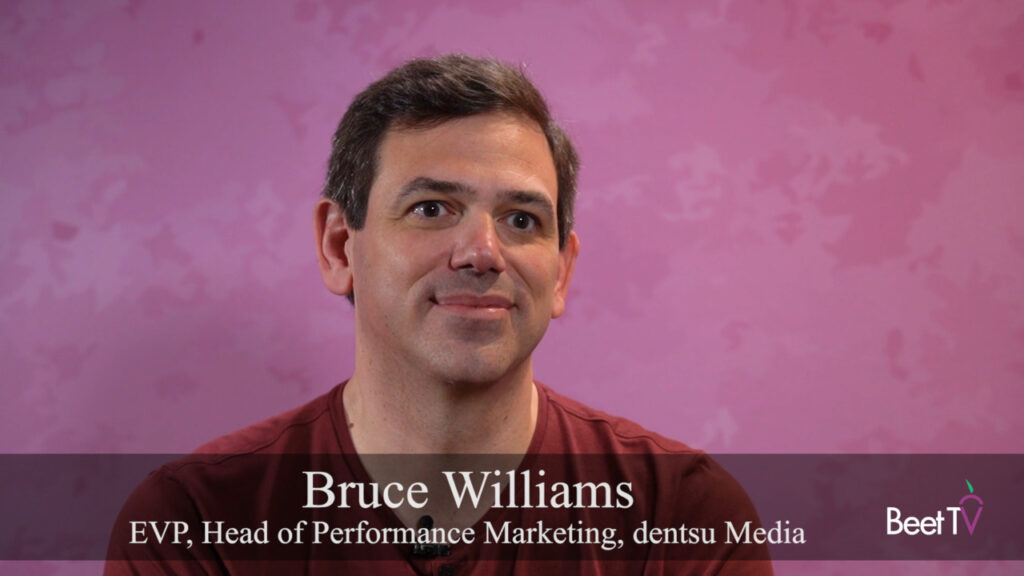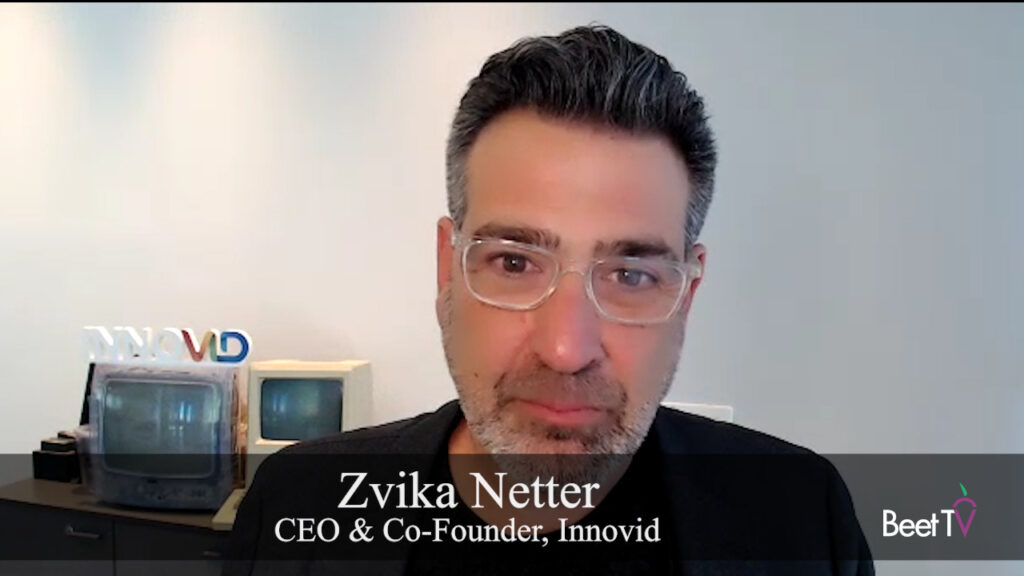Six months after H.265, branded “High Efficiency Video Encoding (HEVC)”, was ratified as the successor to the widely-used H.264 video compression standard, there is lingering suspicion that adoption will be as rapid as its forebear.
But video tech firm Rovi has given the new standard one shot in the arm by unveiling the latest version of its DivX video software, with HEVC support.
HEVC promises to compress content owners’ video by up to 50 percent more than H.264 for VOD, and about a third more for live streams – promising both SD and HD video in smaller packages today, and reducing file sizes of hefty 4k videos tomorrow.
But we’re not there yet, acknowledges Rovi’s senior manager for product marketing Solange Jacobs Randolph: “HEVC across the video industry is very much in its infancy. We’re facing the classic chicken-and-egg dilemma…
“Content providers like the big Hollywood studios are hesitant to adopt HEVC immediately … because there aren’t any devices available for consumers to enjoy it on. Consumer electronics manufacturers are not yet jumping on the HEVC bandwagon to incorporate that technology in their devices because the content’s not there.
“In six months, though, I believe that we’ll start seeing early devices come to market from leading players in consumer electronics – and, later on in 2014, I think we’ll start seeing the first entertainment services that are based on HEVC.”
If stakeholder uncertainty over licensing costs, as well as the chicken-and-egg problem, can be overcome, HEVC’s power to retain video quality in smaller files could save money on transmission. Broadcasters need higher-quality content and mobile operators need to decrease network congestion, Randolph said.
For now, Rovi’s support for HEVC in DivX 10 is one early way the industry can get an early start with the standard.
Disclosure: This video is part of a sponsored series produced by Beet.TV for Rovi.







